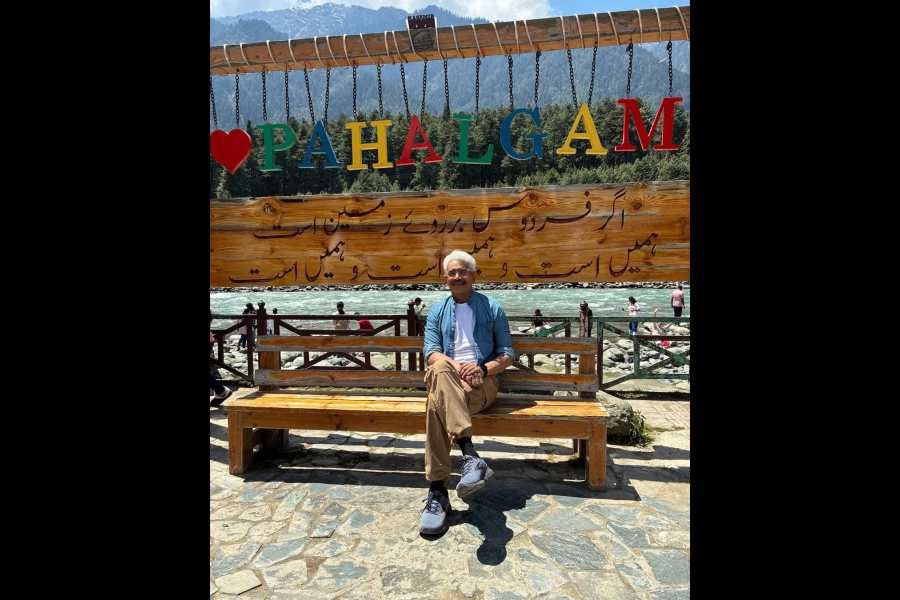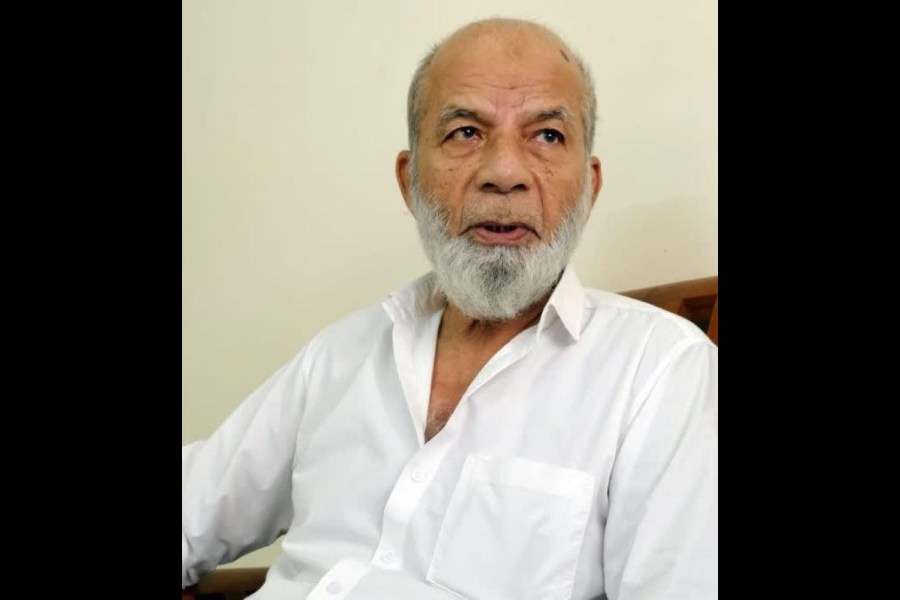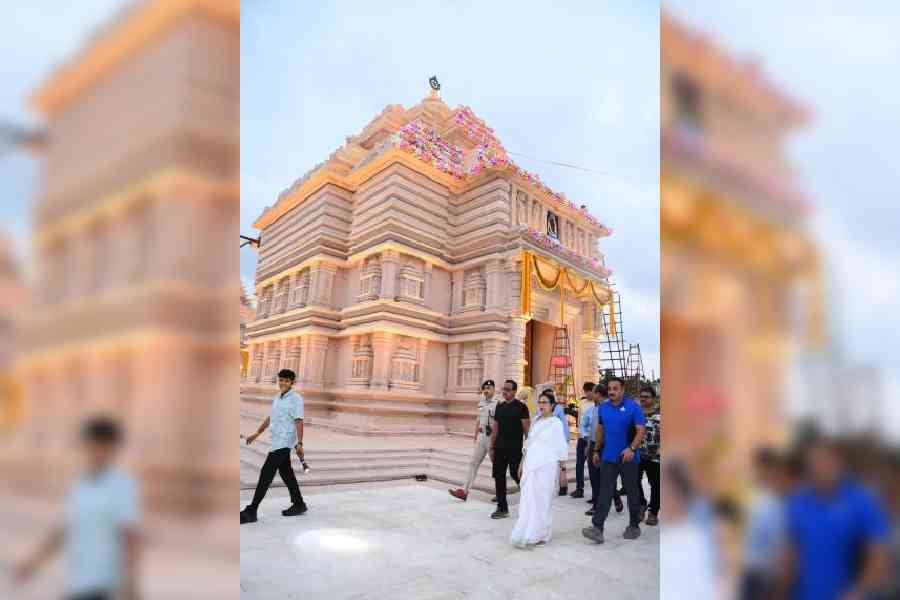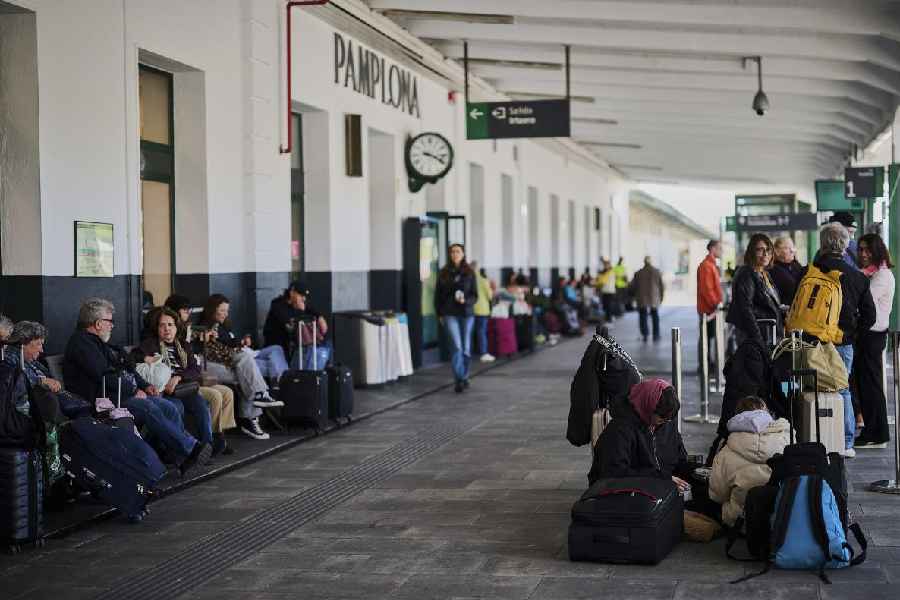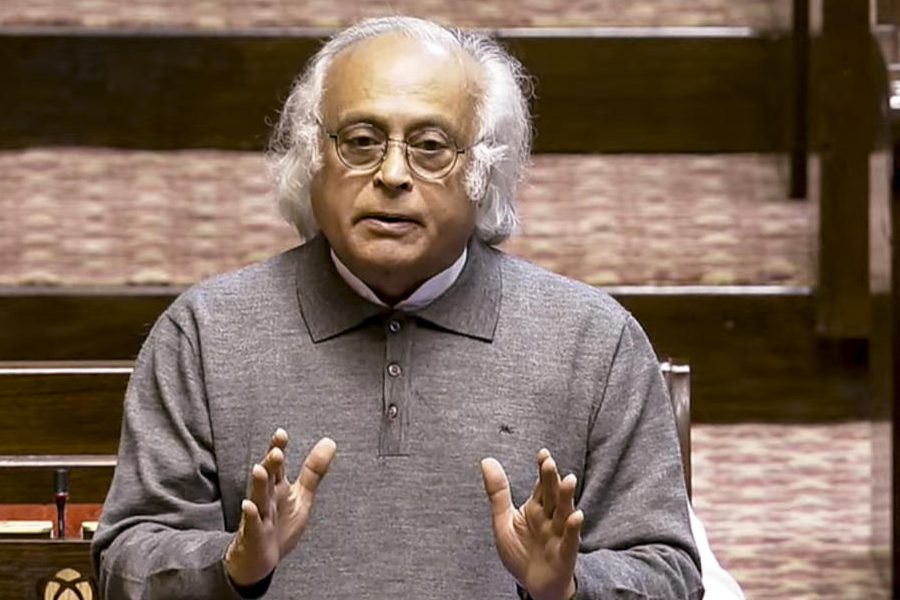|
|
| Unexpected reverberations |
LIFE AND WORDS: VIOLENCE AND THE DESCENT INTO THE ORDINARY
By Veena Das,
University of California Press, $ 50
The Partition was a trauma that haunts us till this day, not only as the memory of a horrifying sequence of events — a million dead, seventy-five thousand women abducted and raped — but also as a permanent divide that fuels the agonistic politics between three nations. Trauma, in both the private and political domains, is that which acquires the status of the unspeakable, it is that something which can neither be acknowledged nor assimilated and must therefore be repressed in the hope of forgetting. How then does one acquire an understanding of the traumatic event?
One possible strategy is to cross over to “the other side of silence” — the title of Urvashi Butalia’s well-known book on the Partition — and attempt to give voice to those who have not been heard and recognized. Veena Das’s project is distinctive because she chooses to treat the Partition (and other occurences of communal violence) not as what is unspoken or forgotten but rather as a set of effects inscribed in the contours of ordinary life. As she puts it, she seeks to show “what happens to the subject and the world when the memory of such events is folded into ongoing relationships.”
This strategy is a consequence of what Das describes as her “repeated, and even compulsive, reliance” on the work of one of the profoundest philosophers of the ordinary — Ludwig Wittgenstein. In the early part of his career, Wittgenstein had, in tandem with his teacher Bertrand Russell, sought to reveal the essence of language and the world through the lens of propositional logic. The ‘later’ Wittgenstein came to see this entire logicist effort as being profoundly misguided, and he espoused instead a methodology which consisted of paying scrupulous attention to the forms of everyday life. The meaning of a word, for example, was simply its use. At the risk of simplifying, one could summarize this revisionist philosophy as consisting of the belief that truth does not reside in any transcendental realm, but rather inheres in the ordinary practices that constitute a way or “form of life.”
Life and Words deals with two events that are not normally described as ‘ordinary’ — the Partition and the 1984 riots that followed in the wake of Indira Gandhi’s assassination. The material is based on extensive fieldwork that Das conducted in the early Seventies among urban Punjabi families who had resettled in India, and on the reporting and writing she did on violence against Delhi’s Sikh population. Given her Wittgensteinian leanings, Das is not very interested in providing a causal account of these events or in tracing a genealogy of communalism. Her main objective is to demonstrate how violence and tragedy get woven into the texture of individual lives and how “you make such a space of destruction your own not through an ascent into transcendence but through a descent into the everyday.”
Consider the case of Asha, a fifty-five-year-old refugee whose life-story Das records and analyses in a chapter entitled “The Act of Witnessing.” Married into a rich family of traders who lived in Lahore, Asha was widowed at the age of 20 in 1941; after Partition she migrated to India, lived with her brother at her parental home and finally married an older man to raise a second family. In recounting her life, Asha says little about the horrors that visited her family, saying little, for example, about the fact that one of her sisters-in-law who disappeared may have been raped and killed.
Instead, she speaks in fragments which tell us that for many women “the violence of the Partition lay not only in what happened to them in the riots and the brutal violation of their bodies but also what they had to witness — namely, the possibility of betrayal coded in their everyday relations.” The Partition becomes for Asha a series of such betrayals: her brother’s resentment at the fact that she lives in her parental home; her husband’s family tacitly suggesting that she was somehow responsible for his untimely death; her unappreciated labors as a widow; her jijaji (in this case her husband’s sister’s husband) making sexual advances at her; her marriage of convenience to a much older man that never fully compensated for the loss of her first husband. In short, the Partition continued to reverberate in Asha’s life in unexpected ways. As Das puts it “the past enters the present not necessarily as traumatic memory, but as poisonous knowledge.”
This reading of Asha’s life aptly exemplifies Das’s strategy of trying to delineate how pain and violence get translated into the context of everyday life. The strength of the book lies in the way it combines fine-grained ethnography with sophisticated theoretical analysis. Its wide scope should make it interesting to not only anthropologists but also anyone working in the humanities or the social sciences. Not only does Das provide the reader with nuanced accounts of the human costs of communal violence, but she also engages productively with contemporary thinkers like Agamben, Deleuze, Foucault and Lacan in order to provide us with a fresh approach to questions of trauma and memory. Horrors like the Partition ought not to be conceived of as singular occurrences that can only be remembered and recounted; we must be aware, Das alerts us as to how such events can transcend death and inflect life itself.






